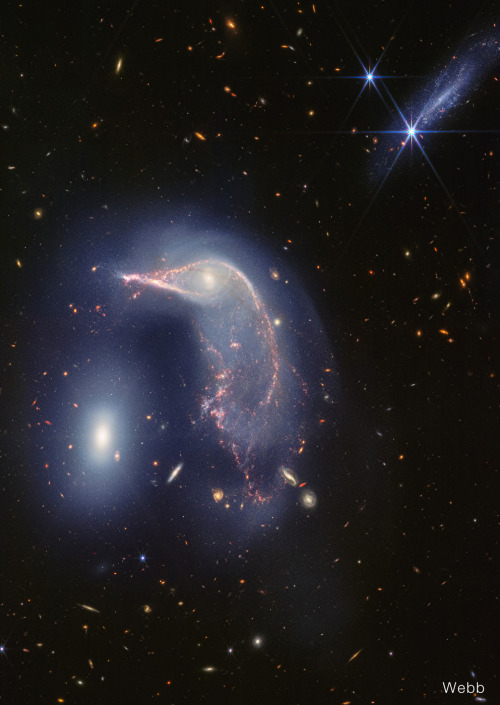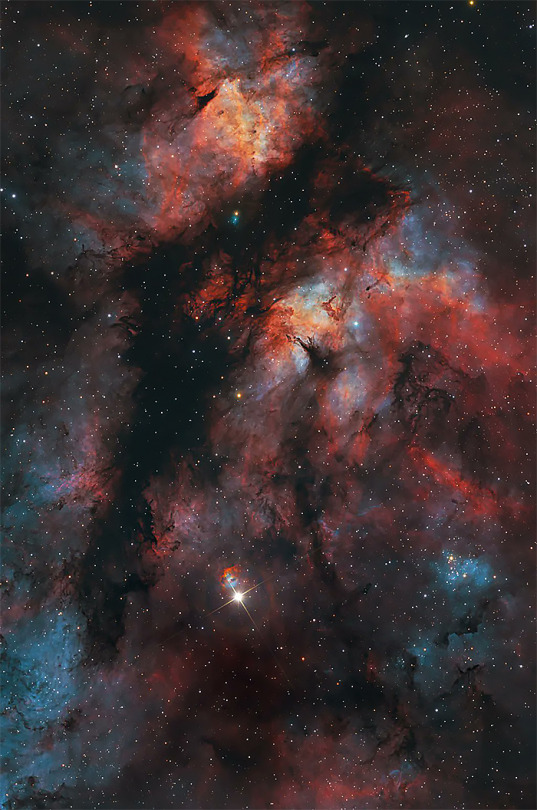
planetarymom
just an amateur astrobiologist fasincated by space
163 posts
Latest Posts by planetarymom










The Pleiades nebula



The night sky taken with a phone






Feasts in the night skies l Petr Horálek


Arp 142: the Penguin & the Egg © Hubble/Webb

Dark River and Milky Way

Rho Ophiuchi region © Webb+Chandra

July's Full Buck Moon l Rami Ammoun

Milky Way over Uluru via NASA APOD










Astronomy/Astrophysics >>>>>>>>>>>

Neowise under Big Dipper l Petr Horálek via NASA APOD






Planet Jupiter © Juno, Gemini North, Hubble

Galileo, Cassini, and the Great Red Spot - August 2nd, 1996.
"Imagine a hurricane that lasted for 300 years! Jupiter's Great Red Spot indeed seems to be a giant hurricane-like storm system rotating with the Jovian clouds. Observed in 1655 by Italian-French astronomer Jean-Dominique Cassini, it is seen here over 300 years later - still going strong - in a mosaic of Galileo spacecraft images. The Great Red Spot is a cold, high pressure area 2-3 times wider than planet Earth. Its outer edge rotates in a counter-clockwise direction about once every six days. Jupiter's own rapid rotation period is a brief 10 hours."








Images to Celebrate NASA’s Chandra 25th Anniversary
These images, which all include data from Chandra, demonstrate how X-ray astronomy explores all corners of the universe. By combining X-rays from Chandra with other space-based observatories and telescopes on the ground, as many of these images do, astronomers can tackle the biggest questions and investigate long-standing mysteries across the cosmos.
On July 23, 1999, the space shuttle Columbia launched into orbit carrying Chandra, which was then the heaviest payload ever carried by the shuttle. With Commander Eileen Collins at the helm, the astronauts aboard Columbia successfully deployed Chandra into its highly elliptical orbit that takes it nearly one-third of the distance to the Moon.
X-rays are an especially penetrating type of light that reveals extremely hot objects and very energetic physical processes. Many fascinating regions in space glow strongly in X-rays, such as the debris from exploded stars and material swirling around black holes. Stars, galaxies, and even planets also give off X-rays that can be studied with Chandra.
NASA/SAO/CXC


Storm at Saturn's north pole
Credit: NASA/JPL-Caltech/SSI/CICLOPS/Kevin M. Gill


NGC4039: Starbirth and Galaxy Death
Credits: STScI, DTM, CIW, HST, NASA, AURA

Ghost of Cassiopeia, IC 63 © Frank Breslawski

stellar cluster NGC 2467 in Puppis © ESO

Trapezium Cluster in the Orion Nebula

Andromeda in HDR negative © Rey Hernandez

Gamma Cygni Nebula in Cygnus by Min Xie

SADR Region & the Crescent in Cygnus © Sean Liang

Night Sky Reflected : What’s that in the mirror? In the featured image of the dark southern sky, the three brightest galaxies of the night are all relatively easy to identify. Starting from the left, these are the Small Magellanic Cloud (SMC), the Large Magellanic Cloud (LMC), and part of the central band of our Milky Way Galaxy. All three are also seen reflected in a shallow pool of water. But what is seen in the mirror being positioned by the playful astrophotographer? Dust clouds near the center of our Milky Way – and the planet Jupiter. The composite was carefully planned and composed from images captured from the same camera in the same location and during the same night in mid-2019 in Mostardas, south Brazil. The picture won first place in the Connecting to the Dark division of the International Dark-Sky Association’s Capture the Dark contest for 2021. via NASA

Star Forming Nebula, the Omega

Heart of the Northern Cross

Arp 78: Peculiar Galaxy in Aries via NASA https://ift.tt/9IV3WH7
i learned that If you do die in space, your body will not decompose in the normal way, since there is no oxygen. If you were near a source of heat, your body would mummify; if you were not, it would freeze. If your body was sealed in a space suit, it would decompose, but only for as long as the oxygen lasted (x)


Pluto - as seen by New Horizons by NASA on The Commons

Supernova SN1987A in the Large Magellanic Cloud by NASA on The Commons